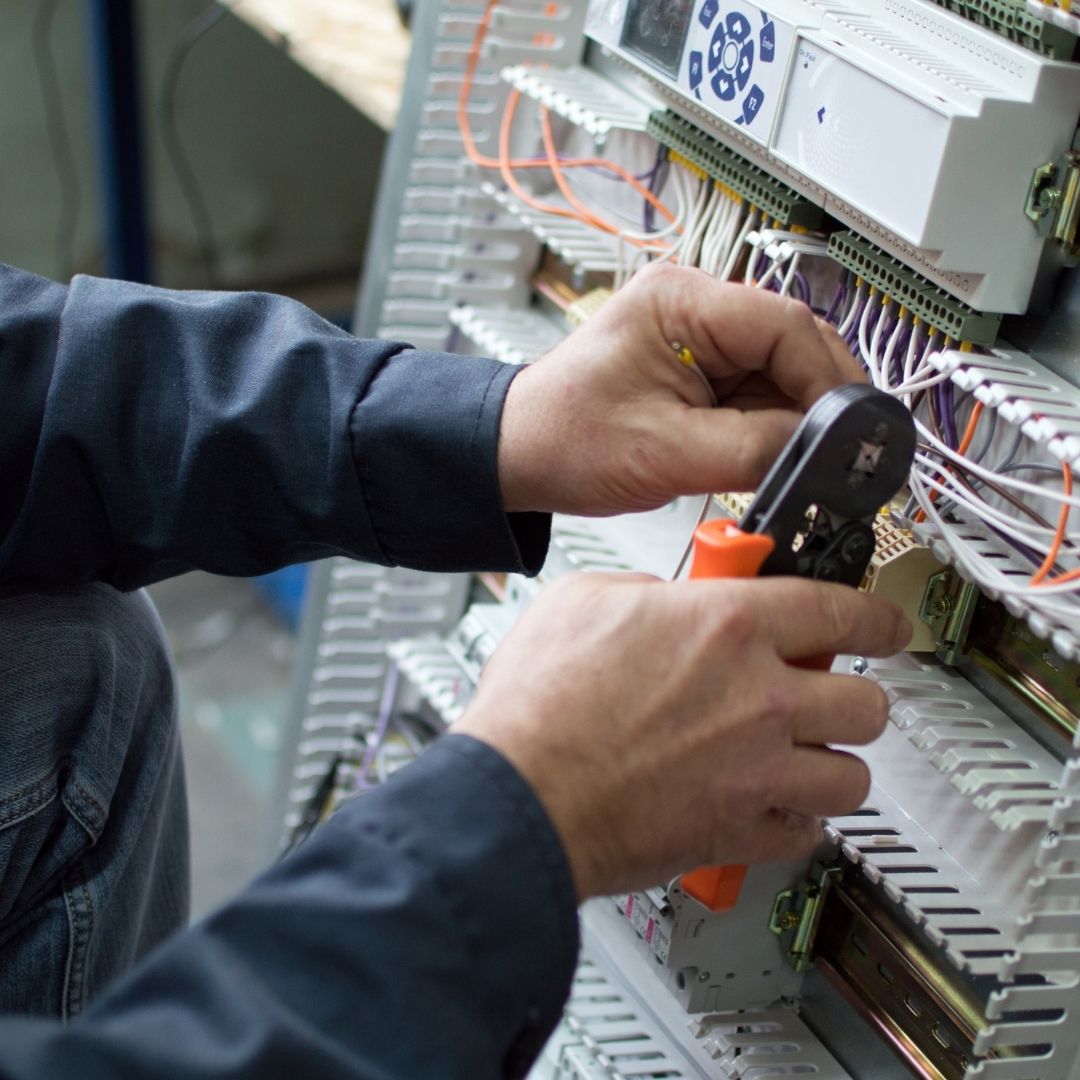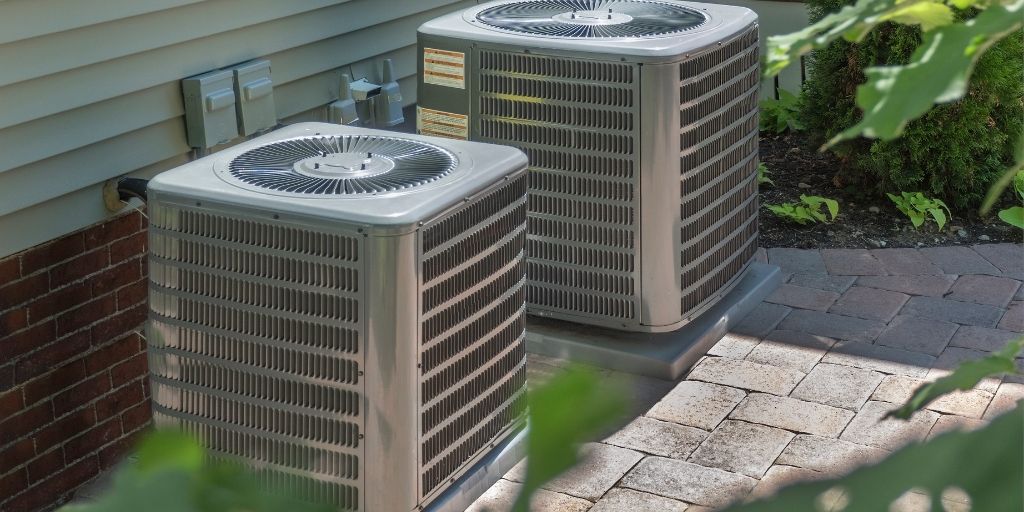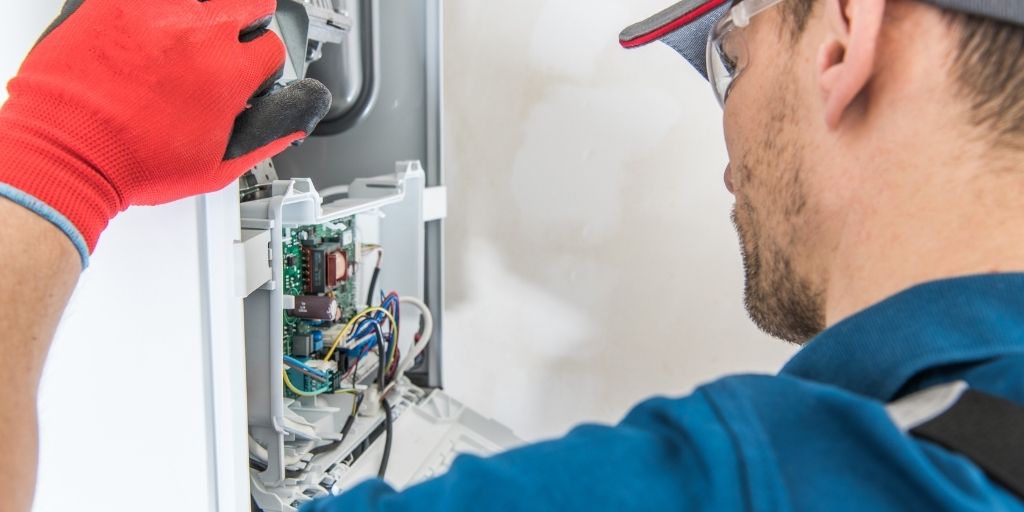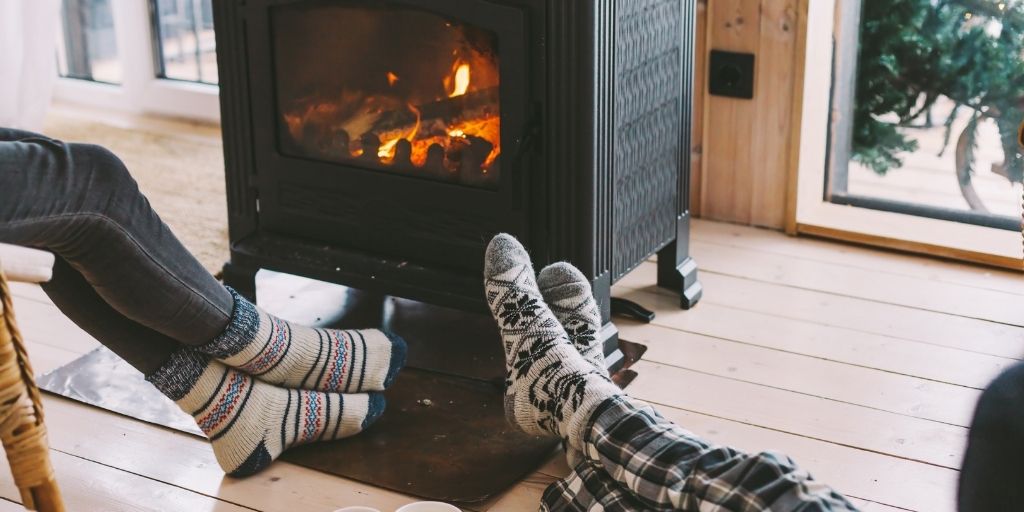A broken central AC unit is a huge inconvenience, especially in hot climates. Reliable cool air is necessary in some parts of the country, and a broken central AC unit can make life miserable. Malfunctioning thermostats, dirty filters or compressors, and low refrigerant levels are just a few of the culprits for a central AC not blowing cold air. Central air conditioning units typically last for about 10 years before the compressor wears out, but if your unit isn’t that old, then a few common solutions might just get it working again. If you’re up for trying a few troubleshooting tips, then keep reading, but make sure to have your local HVAC company’s number handy in case you determine the issue is more complex.
Check the power source for any damage.
AC units pull a lot of power to kick on the motor. It’s possible that the initial power surge tripped the breaker or blew a fuse. Try resetting your breaker and turning the AC on again to see if that solves the problem. You can also check if the motor has a built-in overload switch that needs to be reset. Lastly, take a quick look at the power cord to ensure it didn’t get pulled out of the socket.
Inspect your thermostat and make sure it’s working.
After you check the power settings, make sure the thermostat is working. If it uses batteries, try changing them to see if the thermostat will respond to the controls again. Turn the cooling setting down lower than usual to try forcing the system to run cold air for a short period. Some systems also have an automatic setting that can prevent the system from running when you want it to. Switch to a manual mode or override the temperature setting to get the system to blow cool air again.
The filter needs to be cleaned or replaced.
Central AC units rely on easy access to circulated air to return refrigerated air to the house. These air returns have filters to prevent dust and dander from being recirculated into the house. If the air filter hasn’t been replaced recently, it’s possible that the motor shut down since it couldn’t suck in sufficient air and overheated. Check your air filter and replace it if you can’t see through it or if it’s gray or brown. If your filter is washable, make sure to clean and scrub it thoroughly before trying to turn on the AC again.
The drain may be clogged and need to be cleaned.
Central AC units are designed to blow cool air while removing humidity and moisture from the house. Each unit has a drainpipe to collect this excess moisture, but as with most cool, dark pipes that don’t get flushed frequently, debris and algae could build up and prevent moisture from draining. While it’s inconvenient, it’s a helpful safety feature since you don’t want the AC unit to allow filthy water to backflow into your house. A pro will be more than capable of identifying and cleaning a clogged drain quickly.
The compressor might be dirty or blocked by debris.
There are two parts to a central AC unit: the condensing motor inside the house and the compressor outside the house. Compressors should be covered tightly during winter months to prevent debris or snow from building up inside the unit. Check your compressor to make sure the interior is free of leaves and dirt. If vines are growing on the unit, remove them so the unit can operate freely. Ensure toys and towels aren’t stored on top of the unit so the fans can operate at peak capacity without overheating.
The refrigerant level may be low.
A chemical coolant known as Freon produces cold air from an AC unit. The amount of coolant doesn’t reduce over time, but if there’s a leak, then the system may not have enough coolant to blow cold air into the house. In this case, the leak must be fixed to solve the problem, but do not attempt this on your own. Freon is an EPA-regulated chemical, and only licensed professionals are permitted to handle it. Your HVAC professional will have the tools to find and repair the leak, then refill the coolant to get your house back to a comfortable, cool temperature.
Source: https://www.bobvila.com/articles/central-ac-not-blowing-cold-air/






